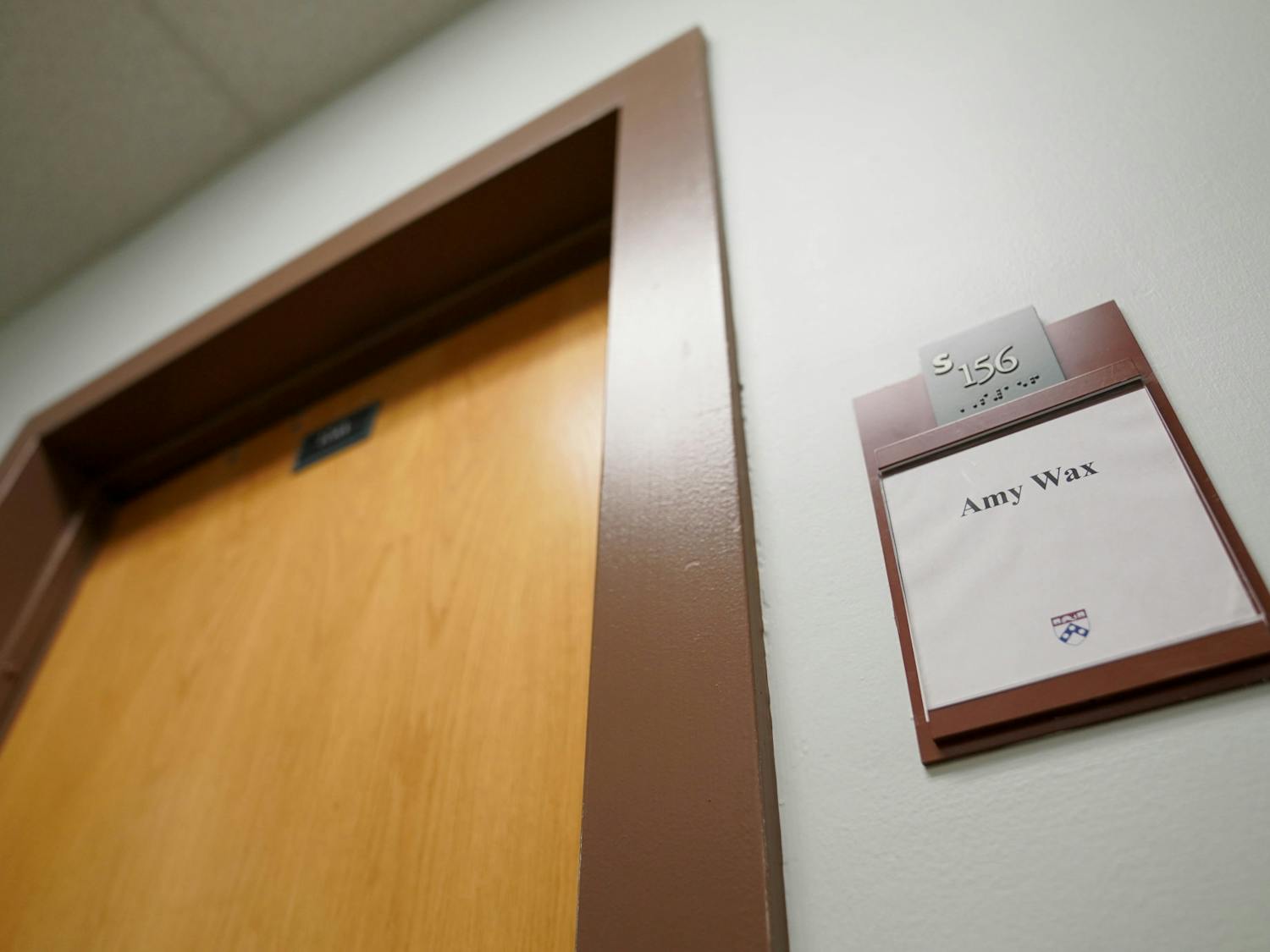A group of six Penn graduate students had both science and humanitarianism on their minds when they embarked on a trip to the hurricane-ravaged Gulf Coast region last week.
Professor of Earth and Environmental Studies Benjamin Horton brought six of his graduate students to Alabama and coastal Mississippi for a full week with a twofold mission: to see firsthand the devastation from Hurricane Katrina and to research its effect on the local environment.
The group rented one of the few remaining beach houses in the region, they said, to collect sediment samples in order to better understand the hurricane's effects.
But it was the devastation that left the most lasting impression on the students.
The destruction was "way worse" than what they had been expecting, students said.
"It doesn't look like the U.S. to me," said second year graduate student Kyo Tanoue. "It looks like a developing country."
Such lessons, however, were part of Horton's plan. "I just wanted to take [the students] down to see what a catastrophe it was," he said. "I wanted to take students down there to learn."
Despite seeing ubiquitous television coverage of the disaster in September, the students said they were not prepared for what they saw in person.
"Whatever footage is on TV does not do justice to what is down there," said first-year graduate student James Bedison, adding that house after house was covered in huge blue tarps from the Federal Emergency Management Agency. Lighthouses, he added, had been toppled and entire houses were missing.
The group members said that during their days working along the coast, they hardly saw any other human beings.
"The silence was actually very unnerving," said second-year graduate student Andrew Kemp. "There's no birds, no people, no traffic. It's really eerie."
While almost every man-made structure in the area had been destroyed, nearly all of the trees along the coastline were intact, down to the smallest branches, the group said.
Horton -- who examined firsthand the effects of the Indian Ocean tsunami that devastated coastal Southeast Asia last December -- said that he proposed the trip because he was interested in researching similarities between the two natural phenomena.
Though sensitive to humanitarian issues in the Gulf Coast region, Horton said that he was primarily interested in the physical environmental effect of the hurricane.
Horton was awarded about $5,000 from his department -- plus a small amount of funding from the United States Geological Survey -- to take the trip, which included an 18-hour van ride from Philadelphia.
Results from the sediment samples collected both from the hurricane and tsunami regions will go toward second-year graduate student Andrea Hawkes' research and eventual dissertation.
"I'm trying to characterize between different types of storms," Hawkes said, adding that her research may assist environmental scientists in determining how many large storms have struck a particular region.
Horton said that research is important and necessary in order to understand how storms affect the environment.
"If there is another natural disaster next month, we would do the same thing," he said.








